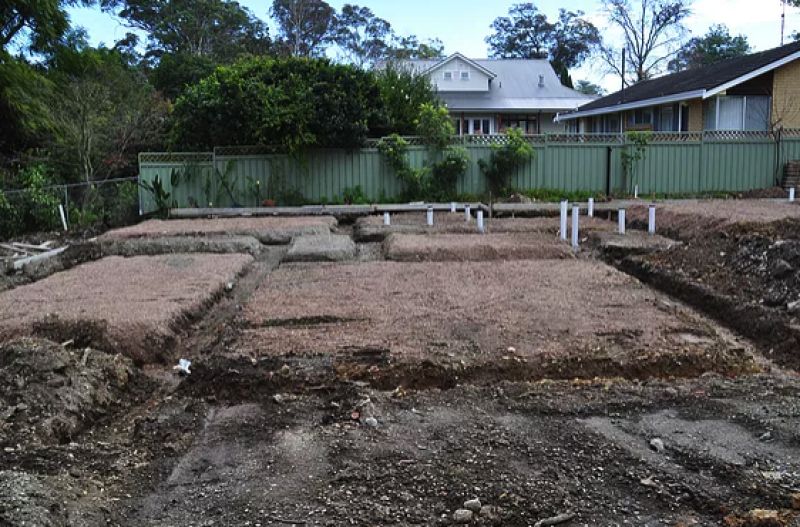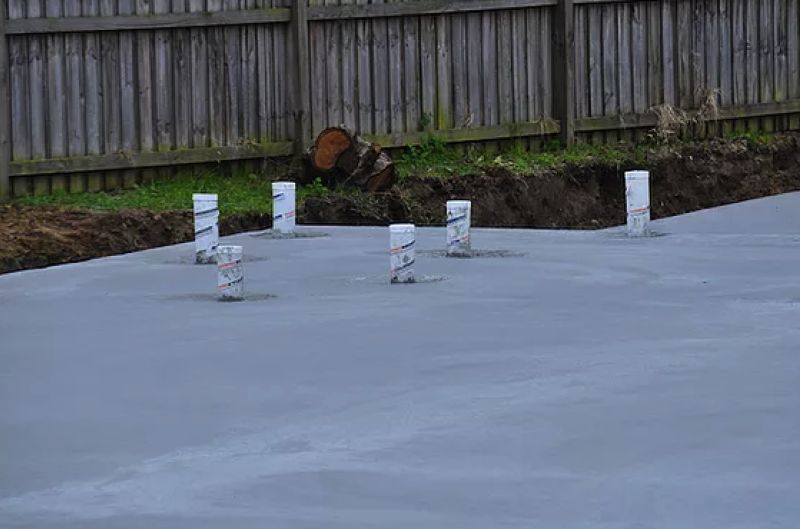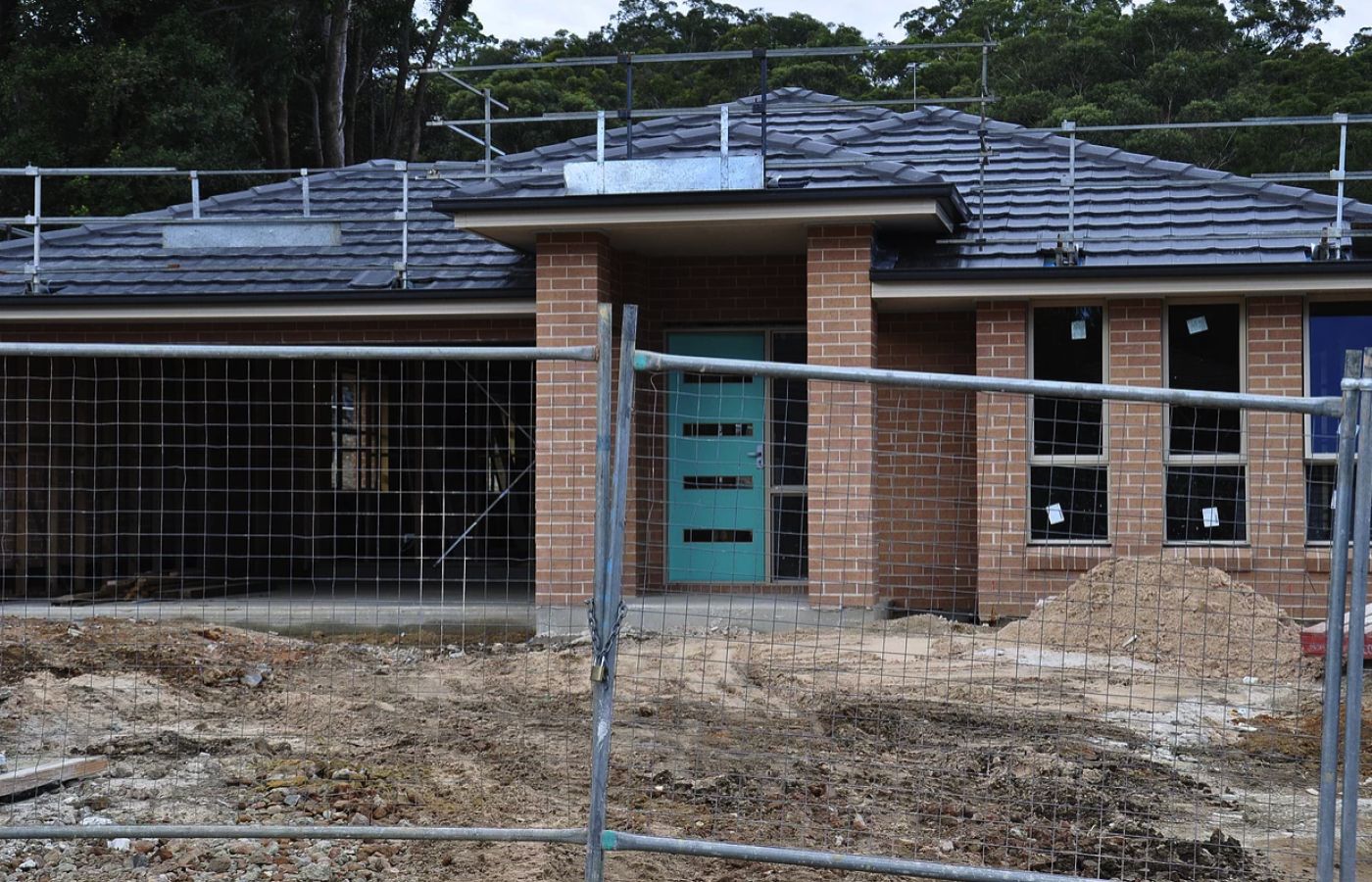Starting a new renovation is exciting and there’s a lot to organise. But whenever you're doing additions to a building, it’s important not to overlook a very important consideration – termites!
Termite protection is part of the building code
If you're carrying out renovations that require council approval, there'll be a requirement to consider how the renovation and indeed how the whole property is protected from a potential termite attack. These regulations (Australian Standards) have recently changed and whereas a “quick spray” may have met the previous requirements, this is no longer the case.
These regulations require the renovation and the areas where it attaches to the existing building to have a suitable termite protection system installed, which needs to combine with the physical features of the building to prevent the concealed entry of termites.
Think “termites” before you build
It’s always a good idea to talk to a professional pest manager experienced in pre-construction termite protection (not all are!) when you start to draw up your renovation plans. They should be able to provide information on the various termite protection options available… and the good ones may even give you tips on the building design to make it less attractive to termites. Homeowners will often put their faith in the architect or builder to guide them, but when you want to get comprehensive, expert advice it’s always best to call in the relevant professional, in this case, a professional pest manager.
What termite protection products are available?
There's a wide range of termite protection products that can be applied to buildings during construction. Metal ‘ant capping’ would be an obvious one most people would be familiar with, but these are only used in buildings built on piers.
For homes on concrete slabs, physical barriers are often laid within the perimeter wall during construction. These are often made of metal or durable polymer. At Spiderman SE we are accredited installers of Kordon from Bayer. This was the original polymer barrier system, providing physical protection from termites for the life of the building. It also contains a repellent insecticide to keep termites at bay.


If there are any joins in the concrete slab between the renovation/extension and the existing building, these will also need to be protected. Often Termseal products are ideal for dealing with concrete joins and other tricky areas requiring protection. In addition, any utility entry points need to be protected – pipes coming up through the concrete slab are a favourite termite entry point. Spiderman SE uses a range of solid and flexible plastic collars to seal these entry points, but these need to be applied before the concrete slab has been poured.
What if you forget about your termite protection?
It’s not uncommon for termite protection to be overlooked during a renovation, only to be pointed out when the building inspection comes to approve the renovation…and then, deny approval! These termite protection systems cannot be installed after the building is built and so it can often be very difficult and expensive to rectify the problem to get the all-important building approval.
The good news is that a relatively new product, Sentricon AlwaysActive, can be installed after a renovation/extension. The system involves the placement of termite bait stations in the ground around the renovation – termites in the area will feed on the bait and the colony will be destroyed. Better still, this system can be extended to protect the whole of the house.
So, if you’re doing renovations or have completed renovations, give Spiderman SE a call. We’ll protect your home from termites and make sure you get the all-important building approval!

